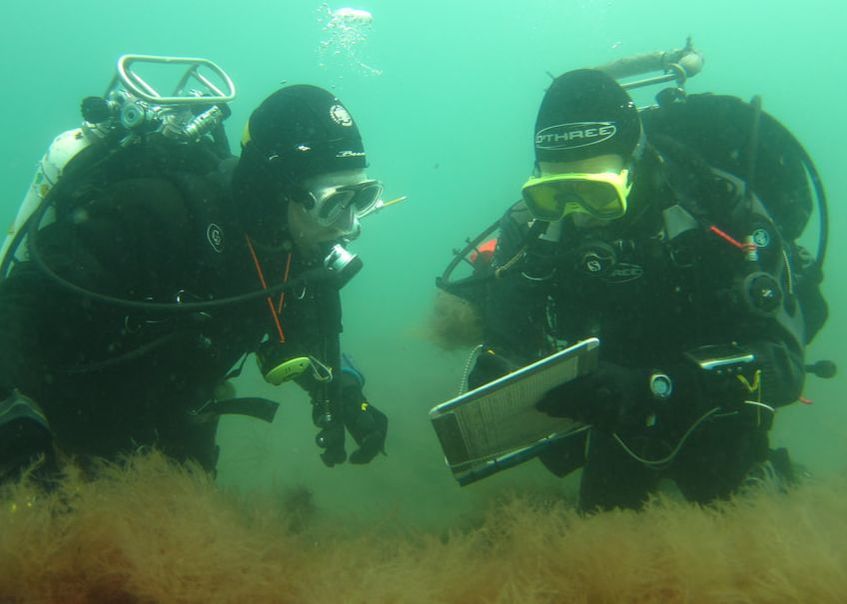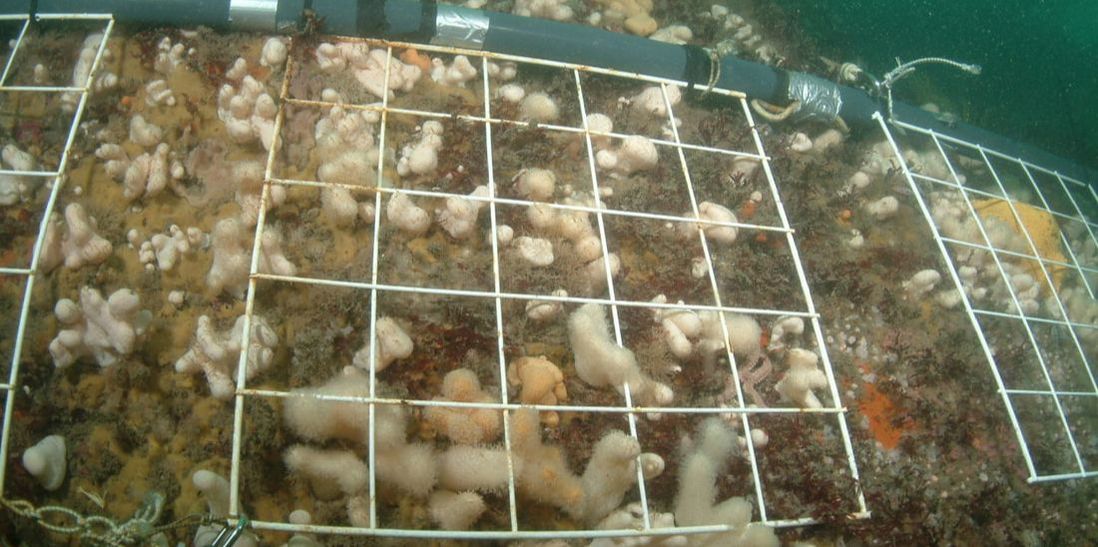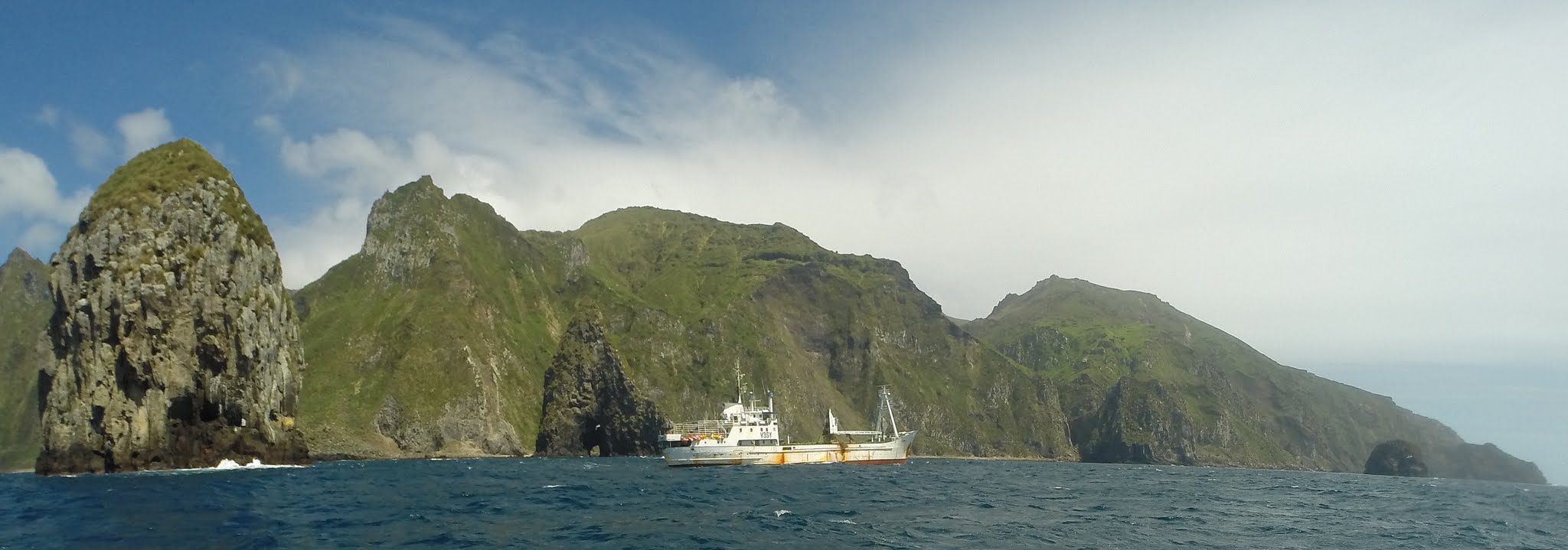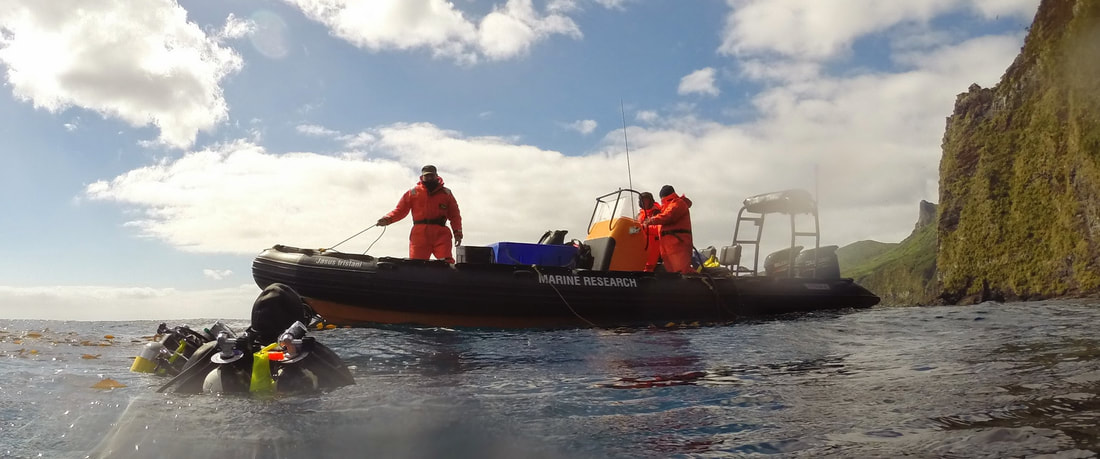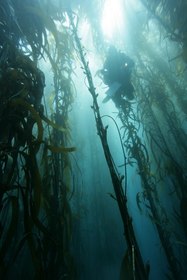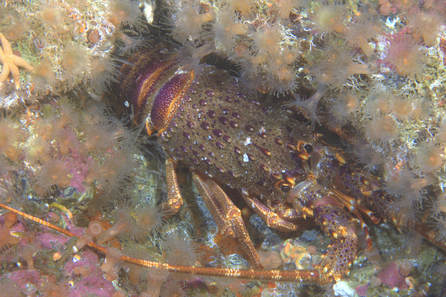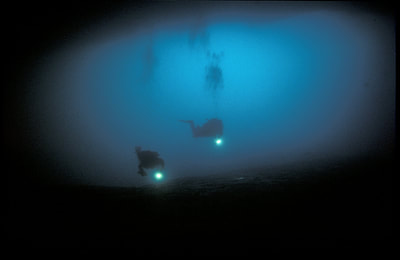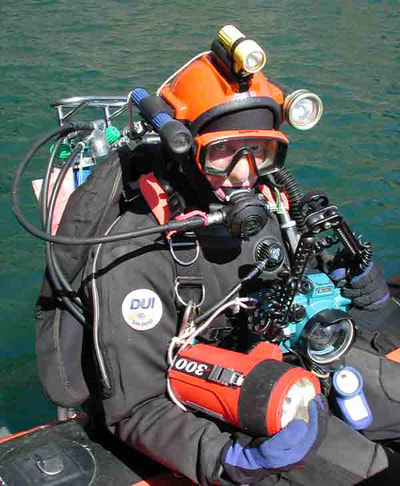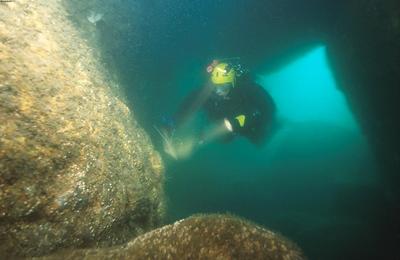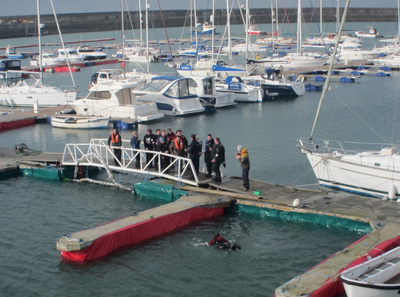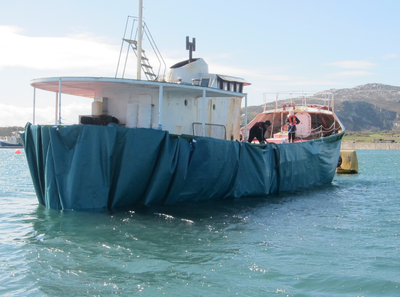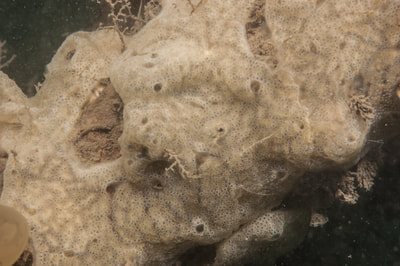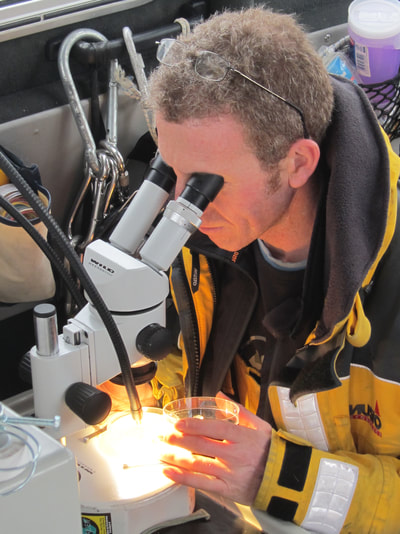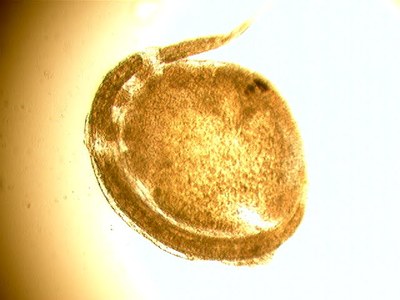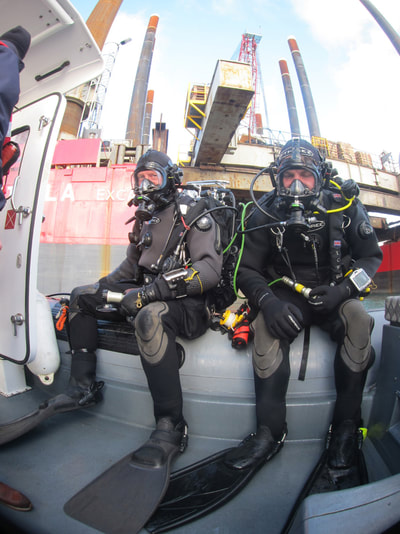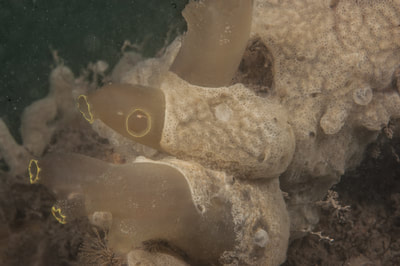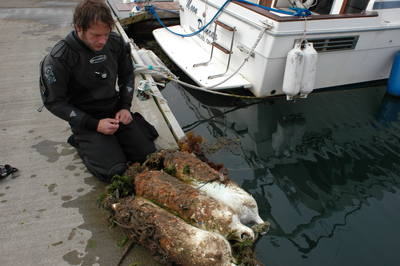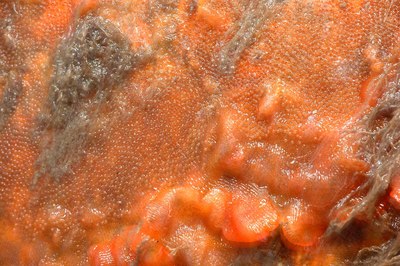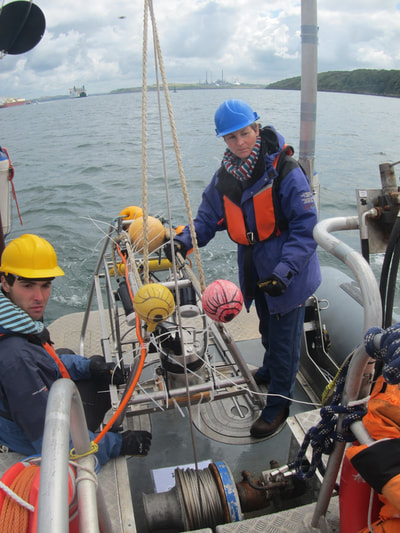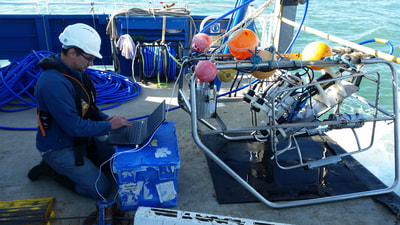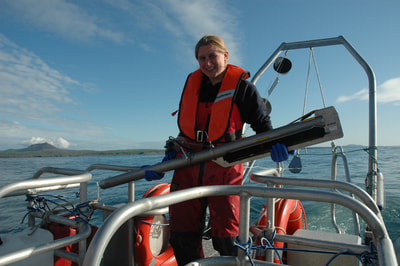Biological surveys and monitoringUnderwater marine biological survey and scientific diving logistics with the UK governments' statutory nature conservation bodies have been the major part of Rohan Holt's career. Using a variety of survey and monitoring techniques he has experience of collecting and interpreting scientific data from all round the UK and from other temperate and tropical locations world-wide. He has also authored and co-authored many papers and reports.
A few highlights are shown here. |
In-situ monitoring surveys in the UK
Collecting time-series data from fixed location quadrats in Welsh Marine Special Areas of Conservation. Survey technique included detailed habitat and species recording in-situ and recording quadrat data using 4K underwater video
Habitat and Jasus tristani lobster surveys at Gough Island and Tristan da Cunha, South Atlantic
Subtidal habitat surveys at Gough Island in the South Atlantic - working from the MV Edinburgh with the Tristan fisheries department. This was the second ever diving expedition to Gough Island.
Surveys of sea caves in Welsh Special Areas of Conservation
As part of the Countryside Council for Wales' assessment of marine features in Welsh SACs, the marine habitats and communities in caves from all round the Welsh coasts were surveyed by diving.
Invasive non-native/alien marine species
Biosecurity and dealing with marine non-native (or alien / non-indigenous) species is now a major part of our work. The images above illustrate the eradication attempt of the carpet sea squirt Didemnum vexillum in Holyhead marina a few years ago while working for Countryside Council for Wales / Natural Resources Wales. All the floating pontoon structures and nearby boat hulls were wrapped in polyester-coated canvas to isolate and smother the sea squirt in-situ. Tasks now include identifying newly arrived species, such as the encrusting orange bryozoan Schizoporella japonica found in Wales for the first time on fenders and buoys in Holyhead marina, and providing biosecurity advice to minimise the risk of vector transfer on boat hulls and other marine gear.
Remote marine survey techniques
Development of drop down video equipment and the standard operating procedures for using it for seabed monitoring surveys has long been part of Rohan's work in CCW/NRW. Similarly, development of acoustic (side scan - 3rd picture) surveys for seabed habitat monitoring. CloudBase Productions now specialises in scoring seabed video and biotope assessments from data collected by a variety of other organisations and survey companies.

